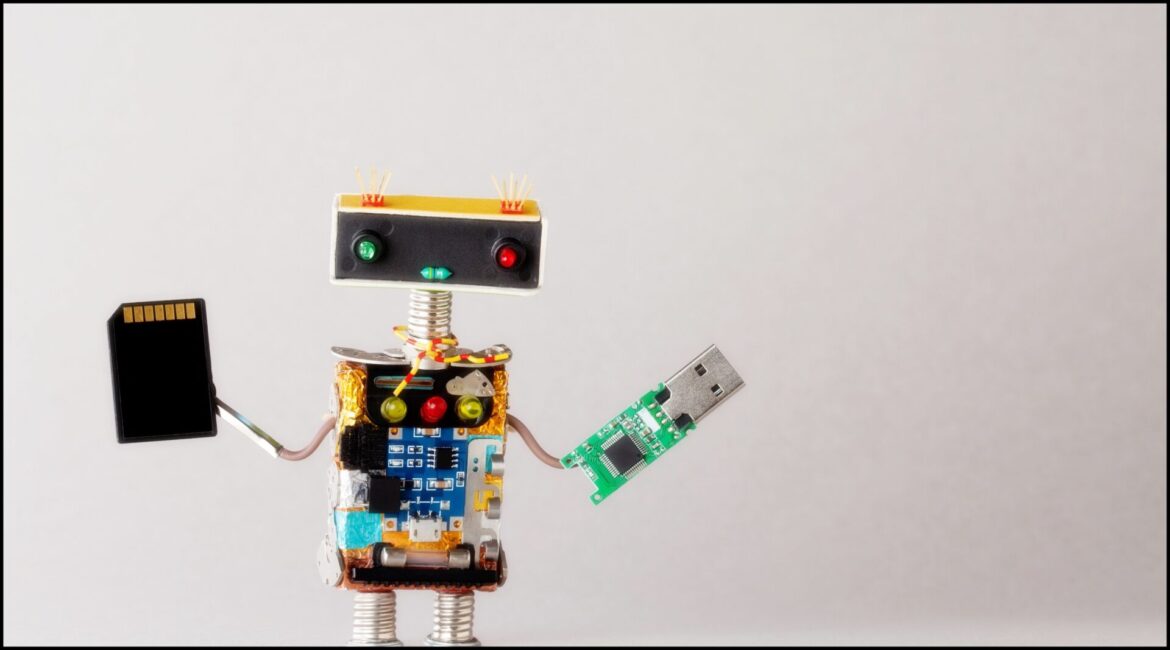Every computer system requires computer memory, which is one of the essential components. It is an electronic storage unit for computer-accessible instructions and data. Computer memory is used to temporarily or permanently store data or programs for usage in a computer.
Computer memory is divided into two main types:
- Primary/Internal Memory
- Secondary/Auxiliary Memory
When a program is executed, primary memory stores instructions and data, but secondary memory stores data and programs that are not currently in use and provides long-term storage.
Basic Units of Computer Memory
Bit and Byte are basic memory measurement units.
- Bit: In computers, a bit, often known as a binary digit, is the basic unit of information. The lowest amount of Memory that a computer can identify is a bit. Only one of two values, ‘0’ or ‘1,’ can be stored in a bit. It can also refer to a computer memory unit that represents the capability to store the result of choice between two options.
Information is represented in binary code, written as a series of 0s and 1s. To represent 0s and 1s, each binary digit can be stored by any physical system that can be in one of two stable states. The term “bi-stable” refers to such a system. Many bits are combined in computers to store more information. A byte, for example, is made up of eight bits and can store up to 256 characters.
- Byte: A byte is an eight-bit data unit used in most computer systems. A byte is a unit of measurement used by most computers to represent a character like an alphabet, a number, or a special symbol.
For example, B, r, 9, $, #, etc. Bytes multiples are used to measure computer storage. A 500 Gigabyte (500 GB) hard disk, for example, can store 500 billion bytes of data.
Higher Memory Units Used In Computer
Some higher memory units are discussed below. These are the digital information storage multiples of the unit byte.
- Kilobyte (KB): Kilo means one thousand (1,000), however in a digital computer, information is stored in binary digits (0, 1), and its units are powers of two, with 210 = 1024 being the closest number to a thousand.
- Megabyte (MB): The term “mega” refers to a million (220 = 10,48576). It is commonly abbreviated as MB (MegaByte). 1 MB = 1024 KB.
- Gigabyte (GB): Giga is a prefix that means 230. The Gigabyte is abbreviated as GB. 1 GB = 1024 MB.
- Terabyte (TB): Tera is a prefix that means 240. The Terabyte is abbreviated as TB. 1 TB = 1024 GB.
Volatile and Non-Volatile Memory
Memory can be classified into two categories based on data retention: volatile and non-volatile memory.
#1. Volatile Memory
Volatile Memory is a computer memory that requires power (electricity) to keep its data accessible. When the power supply is on, volatile Memory preserves the information; but the data will be lost when the power source is turned off or interrupted. Temporary Memory is another name for it.
RAM (Random Access Memory) and Registers are two main examples of this type of Memory.
#2. Non-Volatile Memory
Non-Volatile Memory is a permanent memory that can keep data even when the power supply is turned off. ROM (Read-only Memory), flash memory, magnetic storage devices (HDD and SSD), and other non-volatile memory examples. Non-Volatile Memory is often used for backup storage or long-term data storage.
Why Is Memory Required For a Computer?
Each computer component executes at a different speed, and computer memory allows your computer to retrieve data swiftly. A computer would be substantially slower if the CPU had to wait for a secondary storage device, such as a hard disk drive. That’s why Memory is required for almost every computer.
